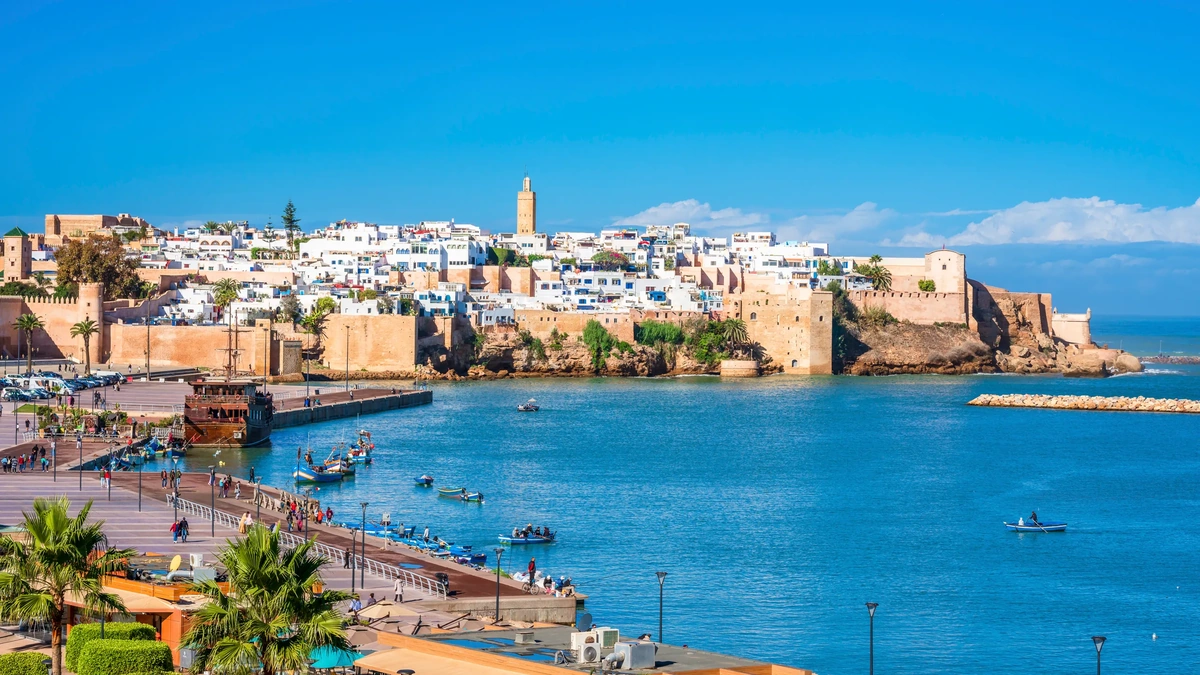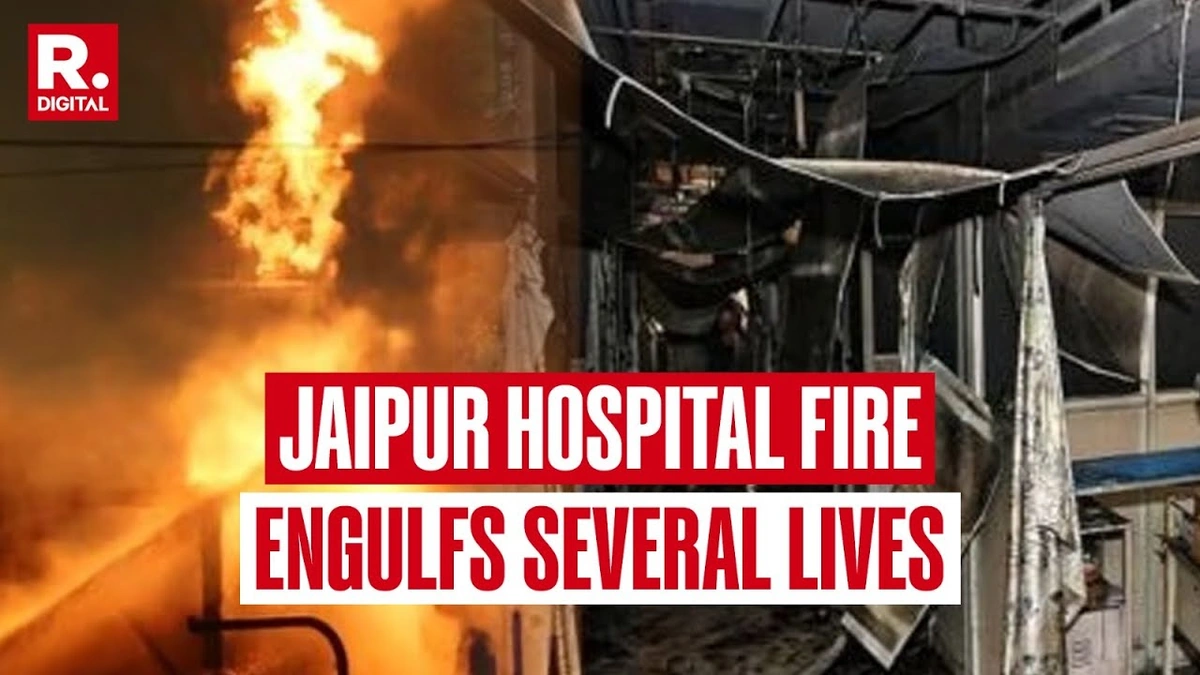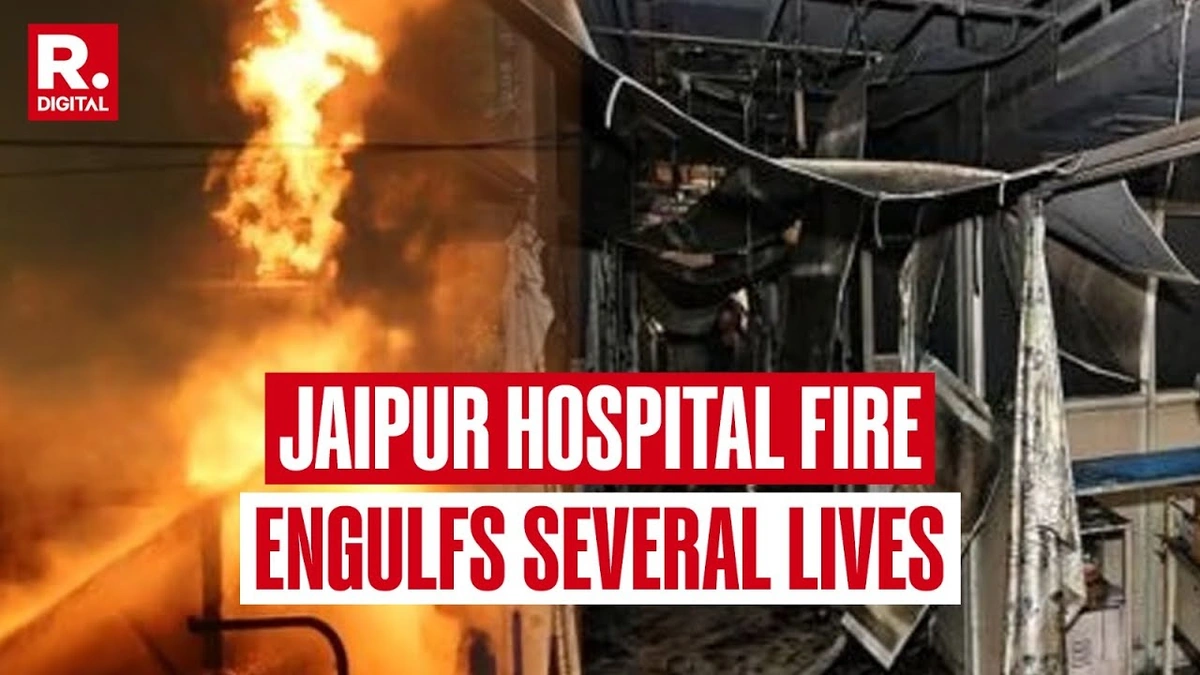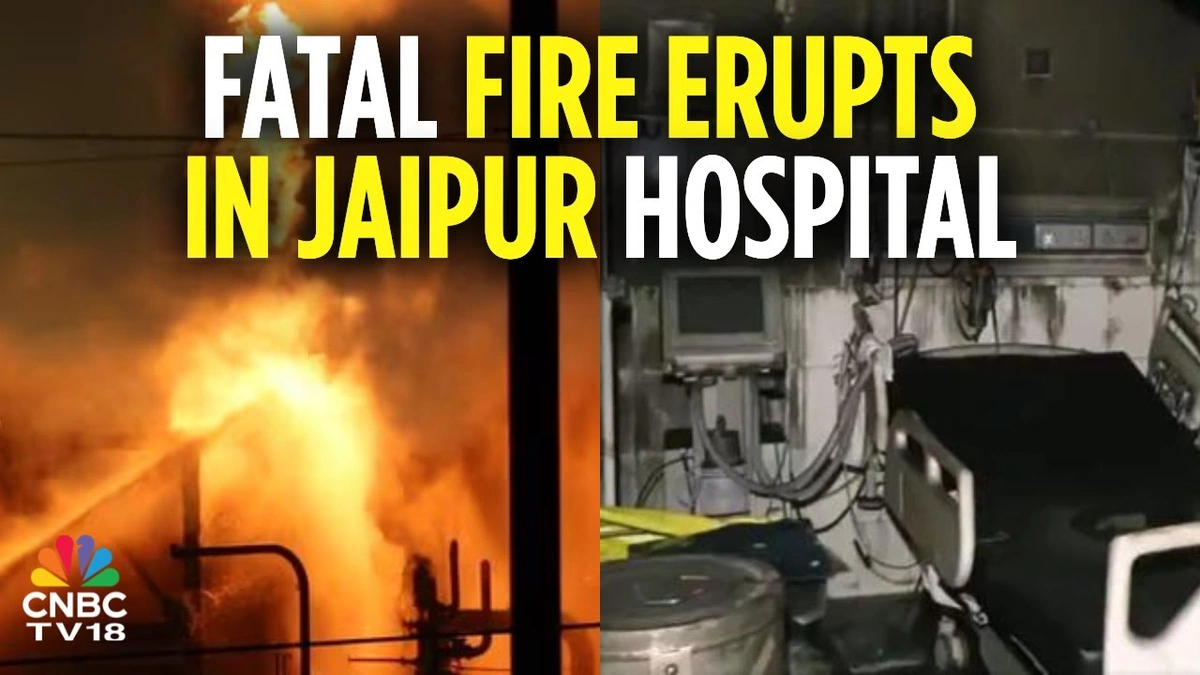Discovering the Soul of Morocco: More Than Just Tourist Traps
Okay, Morocco . You’ve probably seen the Instagram posts: the vibrant souks, the stunning desert landscapes, maybe even a camel or two. But let’s be honest – most travel writing just scratches the surface. I want to dive deeper, to explain why this North African nation resonates so profoundly with travelers, and why it should be more than just another checkmark on your bucket list. This isn’t just about seeing Morocco ; it’s about understanding it. It’s about therich cultureand complex history that shape its identity.
The “Why” Behind the Mystique | A Cultural Crossroads
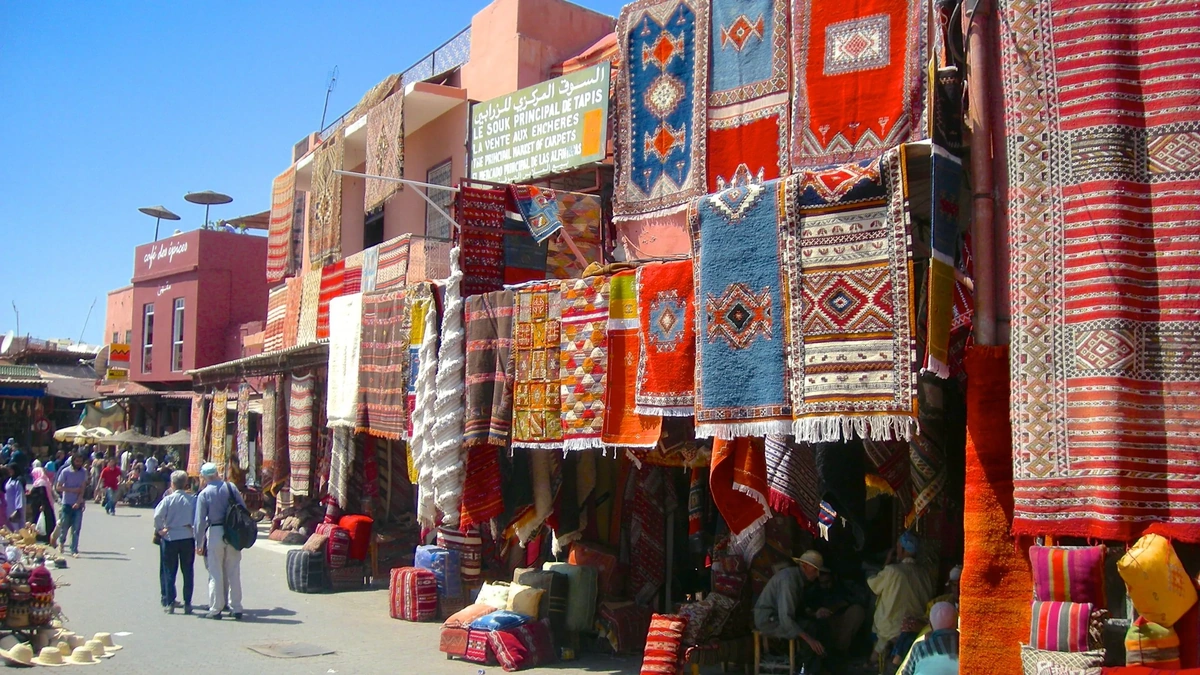
Morocco isn’t easily categorized. It’s Berber, Arab, African, and European, all at once. This fascinating fusion is the result of centuries of trade, conquest, and cultural exchange. What fascinates me is how these influences have melded together to create something unique. Think about it: you’re wandering through a bustling medina, the air thick with the scent of spices, the calls of vendors echoing around you. You might hear Arabic, French, or Berber being spoken, and see architectural styles that blend Islamic, European, and indigenous designs. This blend is the essence of Morocco , and understanding its roots is key to appreciating its present.
But, it’s not just about history books. The real magic lies in the everyday interactions – the warm smiles of the people, the shared cups of mint tea, the spontaneous music and dance. It’s about embracing the chaos and finding beauty in the unexpected. That’s what travel to Morocco is all about. Don’t be afraid to get lost – literally and figuratively. Embrace the unknown, and you’ll discover a side of Morocco that most tourists never see.
Beyond the Beaches | Unveiling the Diverse Landscapes
Sure, the beaches of Agadir are beautiful, and the Sahara Desert is breathtaking, but there’s so much more to Morocco ‘s landscape than meets the eye. The Atlas Mountains, for example, offer incredible hiking opportunities and a chance to experience traditional Berber culture. The Rif Mountains in the north are known for their stunning natural beauty and, well, let’s just say, a certain rebellious spirit. And then there are the oases, hidden gems of lush greenery amidst the arid desert. Each region has its own unique character and charm, offering a diverse range of experiences for the adventurous traveler. For example, did you know that skiing in Morocco is a possibility? The Atlas Mountains can get a lot of snow during winter.
And so, don’t limit yourself to the typical tourist spots. Rent a car (or hire a driver – trust me, it’s worth it) and explore the hidden corners of the country. Get off the beaten path, and you’ll be rewarded with unforgettable experiences and a deeper understanding of Morocco ‘s natural beauty. Think of the experience as a way to discover hidden local artisans who still make traditional goods. These artisans are often found in remote villages, and their crafts are a testament to Morocco ‘s rich cultural heritage. Remember to respect their traditions and livelihoods by purchasing their products directly.
Navigating the Souks | A Practical Guide to Haggling (and Avoiding Scams)
The souks (markets) of Morocco are an experience unto themselves – a sensory overload of sights, sounds, and smells. But navigating them can be intimidating, especially for first-time visitors. Here’s the thing: haggling is expected, but it’s also an art form. Start by offering half the asking price, and be prepared to negotiate. Don’t be afraid to walk away – sometimes, that’s the best way to get a better deal. Be aware of common scams, like people offering to “help” you find your way (they’ll expect a tip, even if you didn’t ask for their assistance). A common mistake I see people make is not agreeing on a price before a service has started. Make sure to do so to avoid any issues.
But, it is about more than just getting the best price. It’s about the interaction, the banter, the shared experience. Embrace the chaos, and don’t take yourself too seriously. And if you do get ripped off – well, consider it a learning experience and a small price to pay for the adventure. Remember to carry small denominations of currency as change is not always readily available. Keep your valuables secure and be mindful of your surroundings. The souks can get crowded, so it’s important to stay alert and aware of potential pickpockets. It is a good idea to use a travelbag and a money belt.
Moroccan Cuisine: A Feast for the Senses
Moroccan cuisine is a symphony of flavors, blending Berber, Arab, and French influences. From the fragrant tagines to the fluffy couscous to the sweet pastries, every dish is a celebration of taste and texture. Don’t be afraid to try new things – you might discover your next favorite food. A classic is tagine: a slow-cooked stew, named after the earthenware pot it’s cooked in, that’s brimming with savory and sweet flavors.
And so, seek out local eateries and street food vendors. They often offer the most authentic and delicious meals. And don’t forget to try the mint tea – it’s the national drink and a symbol of hospitality. The sweetness varies widely from the north to the south, so you can experience different styles in different regions. Remember that in a culture focused on sharing food, it is always polite to accept the first offering that you are given.
Responsible Tourism in Morocco: Respecting Culture and Environment
As with any travel destination, it’s important to be a responsible tourist. Respect local customs and traditions, dress modestly (especially when visiting religious sites), and be mindful of the environment. Support local businesses and artisans, and avoid contributing to unsustainable tourism practices. Be a good steward of the earth while visiting.
But, it’s also about engaging with the local community and learning about their way of life. Ask questions, listen to their stories, and try to understand their perspectives. By doing so, you’ll not only enrich your own travel experience but also contribute to a more sustainable and meaningful form of tourism. Remember that the true beauty of Morocco lies not just in its landscapes and monuments, but also in its people and their culture. The one thing you absolutely must double-check is your environmental impact and that you follow local guidelines and recommendations about waste disposal and water usage.
FAQ: Your Morocco Travel Questions Answered
Is Morocco safe for tourists?
Generally, yes. Petty crime can occur, especially in tourist areas, so be mindful of your belongings. Violent crime is rare.
What’s the best time to visit Morocco?
Spring (April-May) and autumn (September-October) offer pleasant temperatures and fewer crowds.
What currency is used in Morocco?
The Moroccan Dirham (MAD). Credit cards are accepted in larger establishments, but cash is essential in the souks and smaller towns.
Do I need to speak Arabic or French?
While Arabic is the official language and French is widely spoken, English is becoming increasingly common in tourist areas.
What should I wear in Morocco?
Dress modestly, especially when visiting religious sites. Lightweight, breathable clothing is recommended, especially in the summer.
Morocco isn’t just a place on a map; it’s a feeling, an experience that stays with you long after you’ve left.It’s aboutembracing the unexpected, opening yourself up to new perspectives, and discovering the beauty in the everyday. So, go, explore, and let Morocco captivate your soul.
